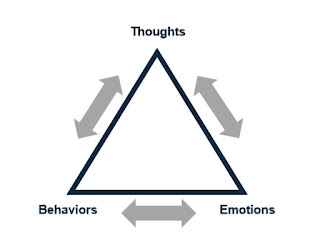Have you ever seen a child throwing a tantrum in a store, their screams filling the air?
It’s easy to feel frustrated, but what if their outburst is just a sign of being overwhelmed or tired?
What if you could see past the behavior and understand the struggle behind it?
We can respond with more compassion when we understand that people's actions are often tied to their inner battles. Here’s how:
1. Parenting
Scenario: A child throws a tantrum in the store.
Response: Instead of reacting with anger, try to see the child’s emotional needs. Offer comfort, like a break or a snack, to calm the situation. Respond with empathy, not frustration.
2. Workplace
Scenario: A colleague snaps at you during a meeting.
Response: Instead of taking it personally, understand that stress might be behind their behavior. Approach them later with kindness, offering support if needed.
3. Romantic Relationships
Scenario: Your partner seems distant but won’t explain why.
Response: Instead of getting upset, gently ask if something’s on their mind. Give them space to open up when they’re ready.
4. Customer Service
Scenario: A customer is rude to a service representative.
Response: The representative stays calm and acknowledges the customer’s frustration. They don’t take it personally, but offer help with kindness.
5. Self-Compassion
Scenario: You snap at a friend due to personal stress.
Response: Recognize that your frustration is not about them. Apologize and explain that you’re struggling, showing kindness to both yourself and the relationship.
Key Takeaway:
People’s behaviors often reflect their inner struggles. By practicing empathy and understanding, we can build stronger, more compassionate connections, whether with others or ourselves.
Join our DPMP challenge and start responding with compassion.
Let’s build a world where kindness leads the way!





No comments:
Post a Comment